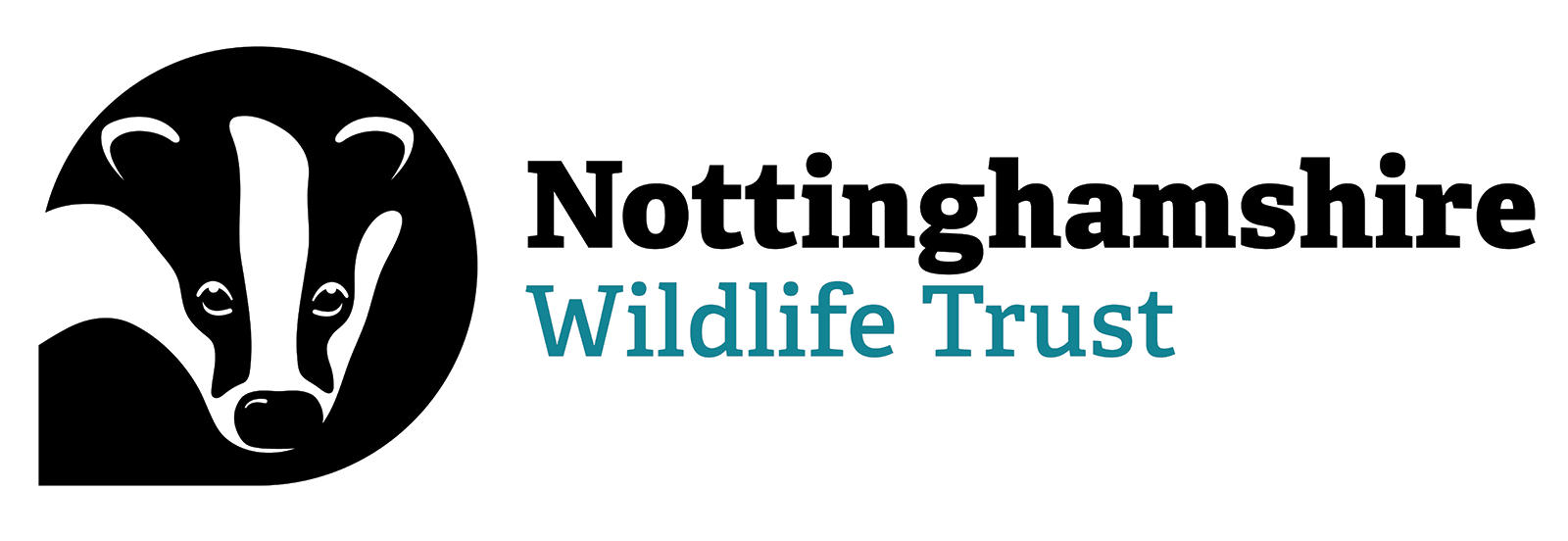Nottinghamshire Wildlife Trust has today confirmed that two pairs of avocets, a species of bird that became extinct in the UK during the 19th century due to land drainage and persecution before making an unexpected comeback a century later during World War Two, have bred at one of the four flagship nature reserves which are the focus for the charity’s current Wetlands for Wildlife Appeal.
Each pair fledged two chicks at the charity’s Besthorpe Nature Reserve in the Trent Vale northwest of Newark last month. Whilst the birds have previously bred in the Idle Valley in the north of the county and at the RSPB’s Langford Lowfields reserve, next door to Besthorpe - successful breeding records for these scarce birds are still uncommon and usually kept under wraps until the chicks fledge to reduce the risk of disturbance and the possibility of egg theft.



